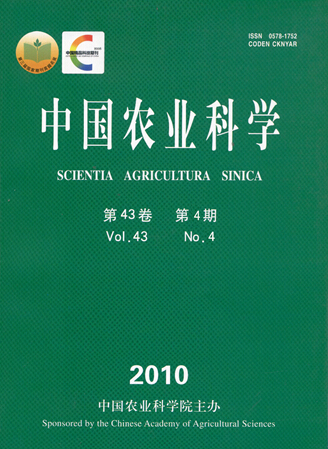【Objective】 In order to establish the indicators for salt tolerance evaluation and screening, and to lay a foundation for further large scale salt tolerance evaluation of related species of Dendranthema and to breed salt tolerant cultivars, salt tolerance of five related species of Dendranthema, i.e., Dendranthema crassum, D. ornatum, D. nankingense, Ajania pacificum and Artemisia japonica, were compared. 【Method】 Five related species of Dendranthema were cultured in Hogland solution supplied with NaCl at different concentrations of 0, 40, 80,120 and 160 mmol?L-1, respectively. The effects of NaCl stress on the morphological characteristics, chlorophyll contents, proline content, malondialdehyde (MDA) content and photosynthetic gas exchange parameters of seedlings were investigated. The salt tolerance of five species was evaluated based on above parameters.【Result】 The results showed that under salt stress, Chl a, Chl b and Chl (a+b) content decreased in five species. The proline content and MDA content increased under salt stress. However, the net photosynthetic rate, stomatal conductance and transpiration rate declined significantly, while intercellular CO2 concentration increased in all the five species under salt stress. The injured leaf area per plant was closely correlated with chlorophyll contents, net photosynthetic rate and MDA content. The rate of injured leaf area per plant, net photosynthetic rate, Chl a, Chl (a+b) contents, and MDA content which closely related to the salt tolerance were screened upon principal component analysis.【Conclusion】Dendranthema ornatum and D.nankingense are sensitive to salt stress, while Ajania pacificum, Artemisia japonica and D. crassum are salt tolerant ones. Compared to salt tolerant species, the salt sensitive species showed much decline in chlorophyll contents and net photosynthetic rate, showed less proline accumulation and a higher MDA content. Correlation and principal component analysis suggested that the chlorophyll contents, net photosynthetic rate and MDA content maybe the most effective physiological indexes for evaluation of salt tolerance of related species of Dendranthema and its relatives.









